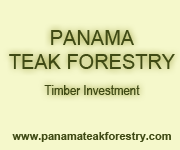-
Casco Viejo
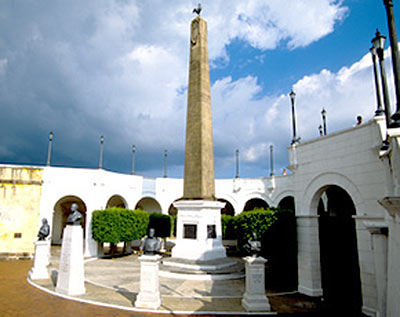
Also known as Casco Antiguo and San Felipe, the city was constructed and settled in 1671 after the destruction of the original city by Captian Henry Morgan. The new walled city offered a strategic vantage point to its residents against pirate attacks. Casco Viejo was declared a World Heritage Site in 1997, and is the oldest city on the Pacific Coast of the Americas.
A total of 16 hectares were selected to build the new city, protected by stone and lime walls. The district preserves its original octagonal layout which defines the boundaries of the city.
While the modern city grows up around this historic gem, this neighborhood undergoes a complete restoration to preserve its identity.
The 940 colonial buildings which make up this district are built up along the narrow cobblestone streets, and many are in various stages of restoration. Its architecture is predominantly Spanish and French Colonial. The master plan positions at its center three Squares: Plaza Bolivar, Plaza Independence and Plaza Catedral which sets the stage for the city's impressive 17th century cathedral.
Casco Antiguo is the backdrop for new businesses, an eclectic and ever growing collection of restaurants catering to every palate, museums, and historical monuments. Spectacular vistas of the Bay of Panama from picturesque Paseo de Las Bovedas, imposing views of the modern city skyline on one side, and on the other, the entrance to the Panama Canal make Casco Viejo is an obligatory tourist destination.
All the pictures are courtesy of Autoridad de Turismo de Panama
-
Panama Canal
Several companies offer you a tour through the Canal, one of the largest man-made infrastructure and an important dynamic element of the maritime trade. Built between 1904 and 1914. Since 2000 is managed by the government of Panama.

Our suggestions tours are:
PANAMA CANAL BOAT ECO TOUR

- Close look of the work being done to expand the Panama Canal history in the making.
- Rendezvous with container ships, cruises and a variety of vessels as they cross the Panama Canal.
- Encounter Rain forest animals like Monkeys, Sloths, Toucans, Crocodiles and many other species.
- Discover the exotic flora available in the area.
- Experience a canoe excursion through lake Gatun ending at a pristine water hole & cascade where you can bathe.
- Go fishing, swimming and kayaking as part of the afternoon activities.
- This full day tour includes panamanian lunch and sodas/bottled water.
For more information: http://panamatours.com.pa/
ON FULL PANAMA CANAL TRANSITS
The vessel departs from Flamenco Island at 7:30 a.m. The vessel then makes her way up to Miraflores Locks, the first of the Panama Canal's three sets of locks. After transiting the Miraflores Locks, our vessel cruises through the famous Gailliard Cut, a nine-mile excavation through Panama's back bone and into Gatun Lake. During our transit, we will pass the Smithsonian Institute's Barro Colorado Island and witness beautiful jungle scenery and wildlife.
The vessel arrives at Cristobal, on the Atlantic (Caribbean) side of the Canal at about 3:30 p.m., (depending on Canal traffic) where an air conditioned bus will be awaiting us for our return to Flamenco Island at about 6:30 - 8 p.m. (depending on traffic on the highway)
PARTIAL PANAMA CANAL TRANSITS
May depart from Flamenco Island at 7:30 am for a north bound partial transit, or we will provide a bus departing from Flemenco Island at 10 am to Gamboa for the southbound transit to Flemenco Island. Usually only one partial will be provided, morning or afternoon. Partial transits cruuise through both Pacific sets of locks (Miraflores and Pedro Miguel), and the Gailard Cut.
For more information: http://www.panamacanal.com/
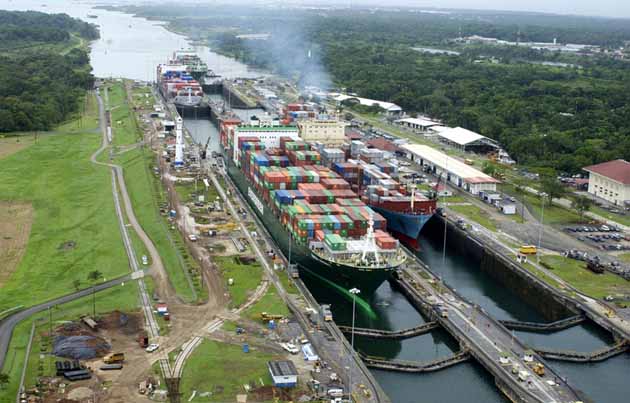
-
Panama Viejo
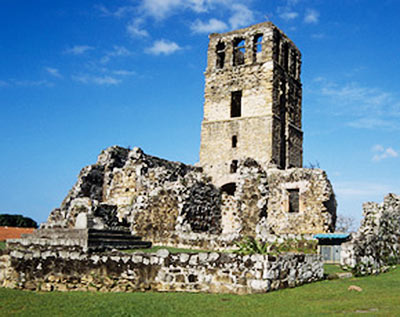
Panama Viejo, the original “Old Panama" was founded in 1519 by Pedrarias Davila and is the oldest Spanish settlement on the Pacific coast of the continent. It was the point of origin for the expeditions to the Inca Empire and the end of the line for the trade of gold and extracted from Peru on its way to Spain and the rest of Europe.
At its peak, "Panama Viejo", was a prosperous city which enjoyed the benefits from its position as the first European settlement on the Pacific coast of the Americas and the break in the journey of one of the American continent's most important trade routes where most of the gold and silver from the Americas passed through on its way that Spain and the rest of Europe. On their return trips, the fleets returned with European goods.
The Spanish Crown continued the discovery and conquest of new territories throughout Central and South America from this strategic point. Panama Viejo was key for colonial trade, linking the Atlantic ports of Portobelo and Nombre de Dios with those in the Pacific by using two main routes, the Camino de Cruces which utilized the Chagres Rives and the Camino Real, a steamy land journey through the thick tropical jungle.
The city was destroyed by Sir Henry Morgan in 1671, after having survived several catastrophic fires, and was never rebuilt on this site, but instead was relocated to its new home about 8 km away.
To this day, Panama maintains its strategic role as one of the most important players in global trade, as it has been since its discovery.
This site was declared a World Heritage Site in 1976 and the ruins are undergoing the restoration of the elements which defined the Plaza Mayor and its edifications .
The Panama Viejo Museum houses a small collection of paintings and artifacts that depict the city's origins and history.
All the pictures are courtesy of Autoridad de Turismo de Panama.
-
Portobelo
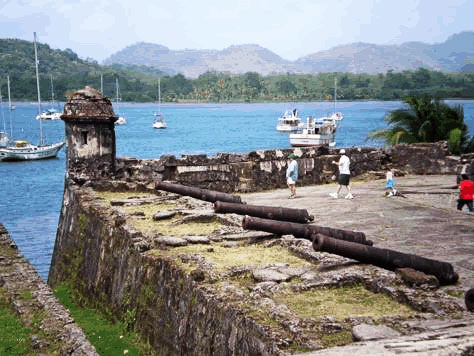
It is a beautiful place located at Colon as usually all the Panamanian people call it Colon Puerto Libre
Even earlier, in the XVI century , Spain had turned Panama in route of crossing between the seas and into an important commercial center within its empire. Spain transported its wealth by means of boats to the port of Portobello in the province of Colón. From there, mules and Cayucos loaded the merchandise through the isthmus all the way to the City of Panama to distribute their colonies in the pacific coast of America. That concentration of wealth attracted pirates and privateers like the famous pirate Francis Drake, who attacked Portobelo in 1596 and Henry Morgan who attacked Panamá´s first City and set it afire in 1671.
As the placed located at the Pacific has the most beautiful beaches there are the most popular to visit for all the tourist at our country . They prefer to visit Colon to take pictures, go shopping and take some trip to the beach as the most popular actually is Playa Langosta.
All the pictures are courtesy of Autoridad de Turismo de Panama
-
The Causeway
The Causeway Island (Islas Calzada de Amador) are four small islands by the Pacific entrance to the Panama Canal, know as follow:
- 1. Naos - Home to a research lab run by the Smithsonian Tropical Research Institute(STRI).
- 2. Culebra
- 3. Perico
- 4. Flamenco
A one-lane road runs along the causeway to each island, and there is a bicycle/jogging path as well. Is a very well knows place because of their restaurants and nightlife. You can find there the famous Live Zone or Zona Viva that is an area just for clubs and bars.
One of the most interesting projects is the biodiversity museum to be called Bridge of Life Museum designed by Frank O. Gehry Associates. Is under construction but they have special trip so you can visit the construction of the museum. For more information about this visit http://www.biomuseopanama.org/
- 1. Naos - Home to a research lab run by the Smithsonian Tropical Research Institute(STRI).
-
Volcan Barú
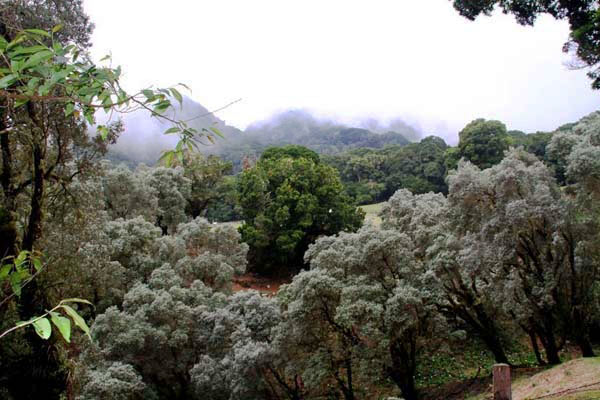
It is a National Park visit by all the tourist who visit the Province of Chiriquí is located about 45 minutes from David terminal want to enjoy a pleasant temperature of around 20 degrees Celsius, also is for all the people who really enjoy the activities as Hiking, Mountaineering , canoeing and Mountain climbing . The Barú Volcano reaches 3,475 meters above sea level. It is considered the highest point in the Republic of Panama.
The surrounding areas of the Barú Volcano are covered in tropical rainforest, but there is also agricultural activity nearby.








